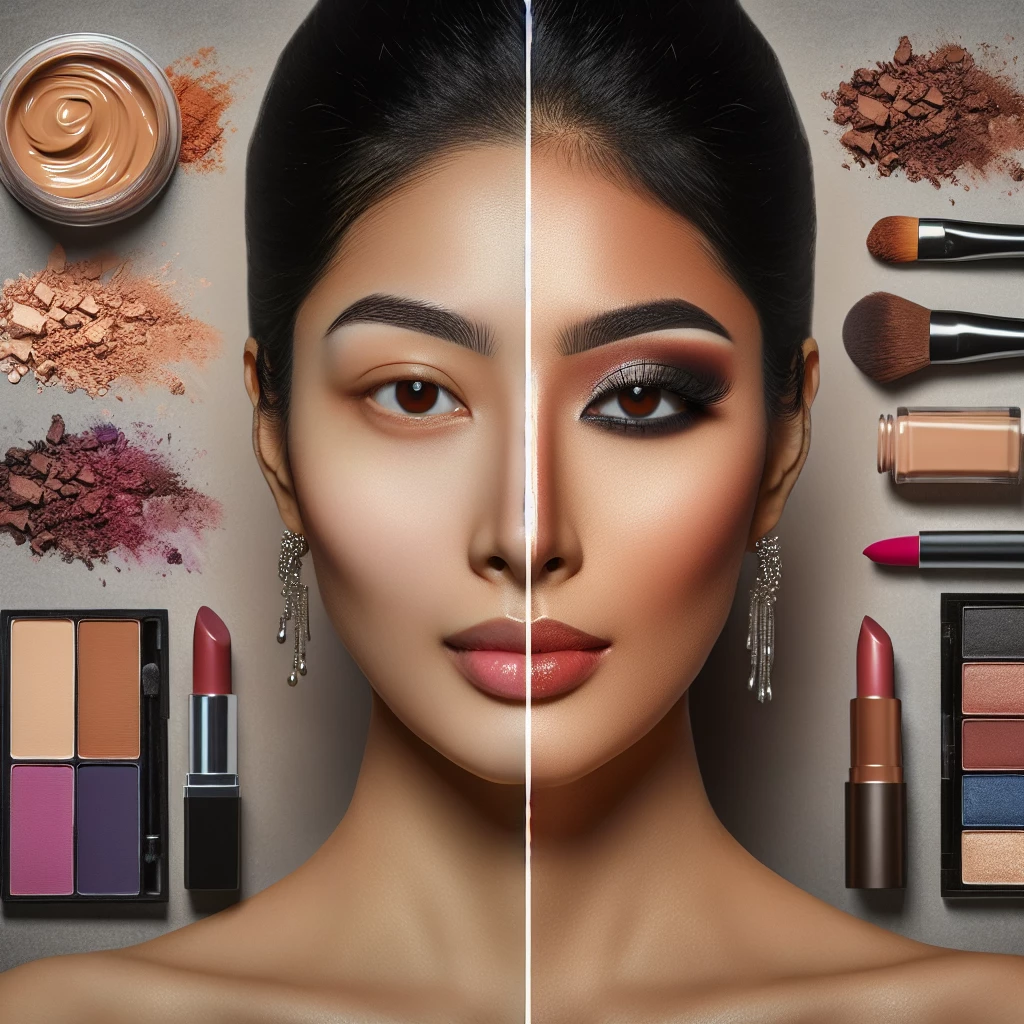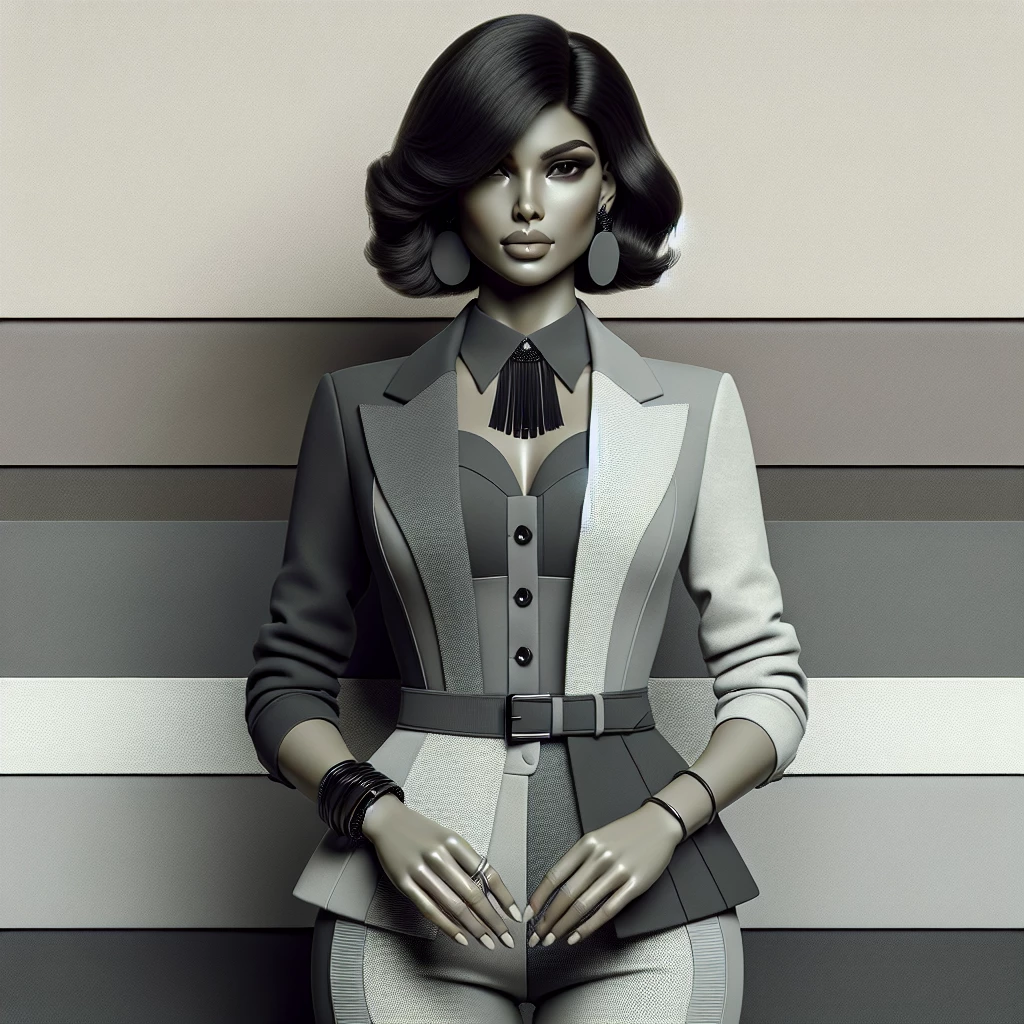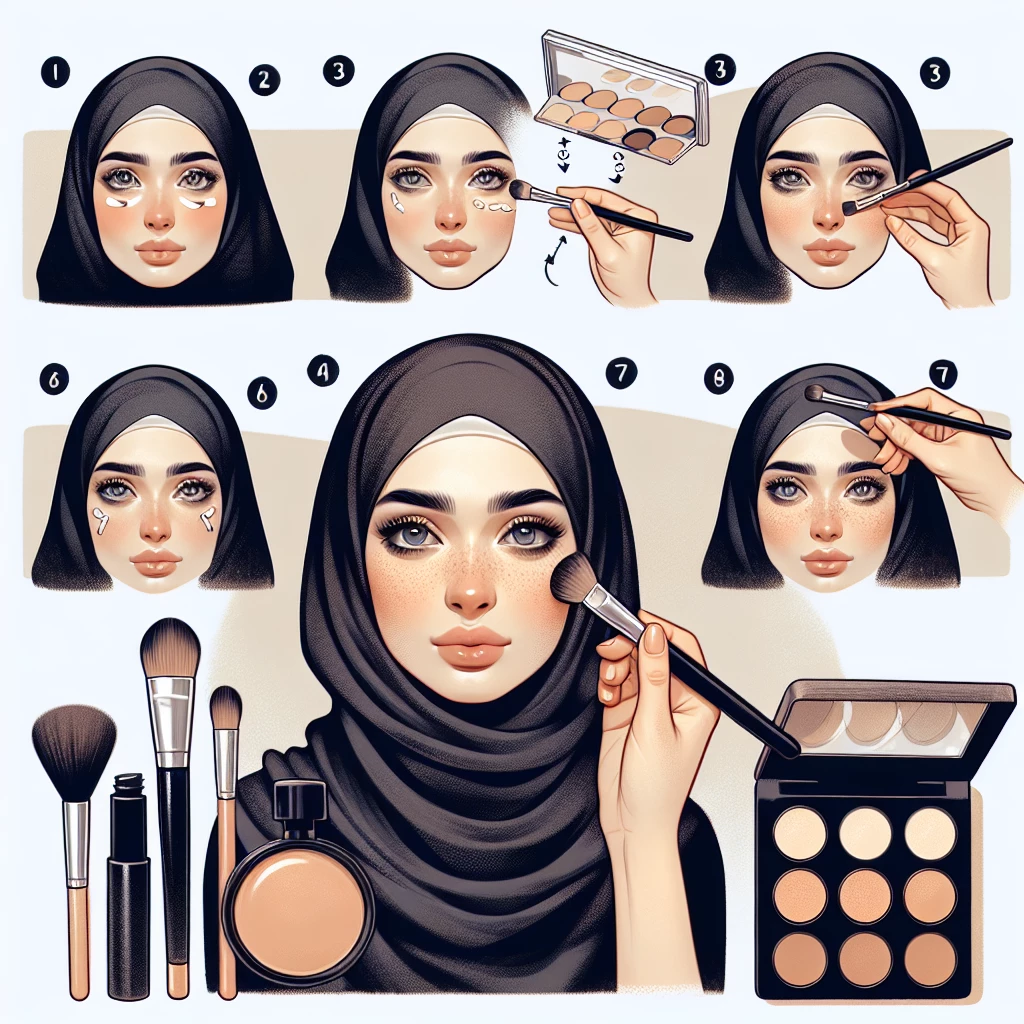Mastering the art of under-eye concealing is a challenge that many women tackle each day. The goal is to offset dark circles and eye puffiness, creating a fresh and bright appearance. With so many makeup techniques available, finding the right ones can seem overwhelming. This article aims to break down these complexities and make the process simpler. We will delve into different methods, products, and illumination techniques to perfect your under-eye concealing routine.
Understanding your skin tone and type
The first step in perfecting your under-eye concealing begins with understanding your personal skin tone and type. Everyone’s skin is unique and reacts differently to varying products and techniques. Whether you have oily, dry, combination, or sensitive skin can impact your choice of concealer. Just as important is your skin’s tone or undertone, as this will ultimately determine the shade of the concealer you should use.
It’s easy to identify your skin type by noting how it behaves with different products. If it tends to become shiny and oily throughout the day, you have oily skin. Dry skin often feels tight and might even flake. Combination skin takes aspects of both oily and dry skin, while sensitive skin reacts easily to ingredients, causing redness or irritation.
Identifying your skin tone or undertone can be a bit more challenging. The most common skin undertones are warm, cool and neutral. You can identify yours by taking note of whether your veins, as seen through the skin, have more of a green (indicating a warm undertone), purple or blue (cool undertone) tint.
Choosing the right concealer
Selecting the right concealer to mask your under-eye circles is crucial. Concealers come in many shades and textures to address different concern areas, so the key is to choose one that matches your needs and skin tone. Ideally, your concealer should be one or two shades lighter than your foundation to effectively brighten up the area under the eyes.
For dark circles, a peach or orange-tinted concealer helps to neutralize bluish hues beneath the eyes. On the other hand, a yellow or green-tinted concealer can cancel out redness. If you have eye puffiness, a lightweight formula that offers medium to full coverage without looking cakey is ideal. Remember, you want to enhance your natural beauty, not mask it.
Different concealers also come with different applicators, and it's important to choose one that you're comfortable using. Brushes, sticks, and sponge applicators all offer differing levels of precision and blending capabilities.
Application Techniques
Once you have chosen the right under-eye concealer, it's time to move onto applying it. To start, apply your usual skincare products, primer and foundation first to create a smooth canvas for your concealer. Following this, apply the concealer in a ‘v’ or inverted triangle shape under the eye, as this technique helps to lift and illuminate the area.
To blend the concealer, use a damp makeup sponge or a soft concealer brush. Don’t rub or drag the product, instead gently dab it onto the skin. Remember, it is always easier to add more product gradually than it is to remove excess product after application.
Closing stages in your concealer routine should include setting the concealed region to avoid creasing throughout the day. A thin dusting of setting powder will do the trick. Also, consider highlighting the under-eye area lightly to further illuminate and draw attention to your eyes.
Masking under-eye bags and dark circles may seem like a daunting task, but with the right guidance, you can quickly get the hang of it. By understanding your skin type and tone, choosing the right concealer, and using the correct application techniques, you can expertly conceal any under-eye imperfections. This will leave you feeling more confident, knowing that you can face the world with a fresh and vibrant look.

Five-Minutes Makeup Hacks
In search of a quick and reliable makeup routine? Discover our top five-minute makeup tips.

Introduction to Organic Beauty Products
A deep dive into the pros and cons of incorporating organic beauty products into your daily makeup routine.

Transition Makeup from Day to Night
Discover effective tips for ensuring your makeup transitions smoothly from day to night.

Mastering the Monochromatic Look
Uncover the secrets to nailing the trendiest monochromatic makeup looks with our step by step guide.
